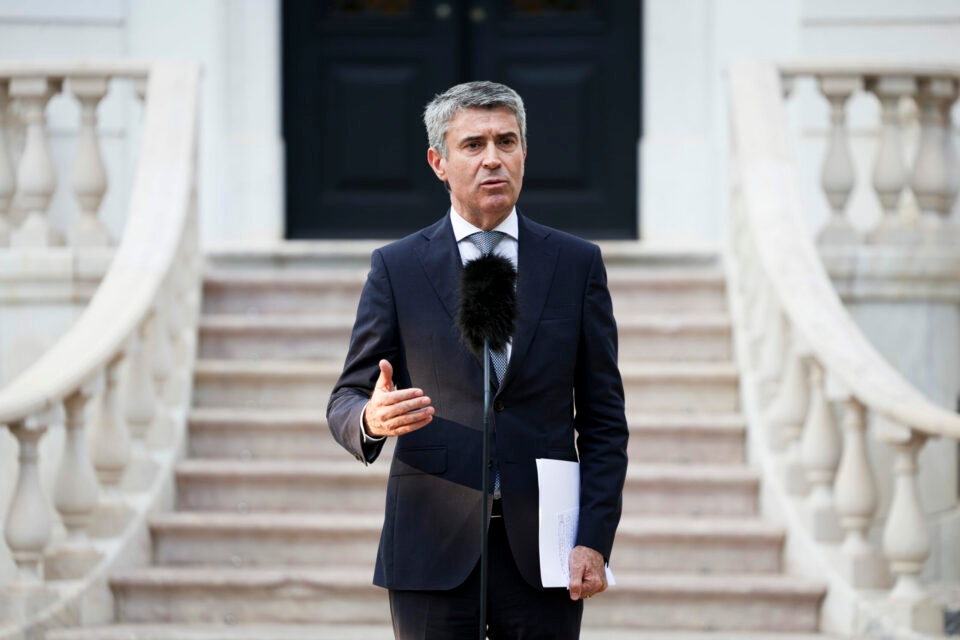Anxiety leads to cases of chest pain in emergency rooms, study finds

Chest pain is one of the main symptoms leading to emergency room visits, but many cases may not be related to heart problems. A study conducted in the United States and published in August in the journal Academic Emergency Medicine indicates that many of these episodes are linked to anxiety.
The study analyzed 375 patients with low-risk chest pain and found that 42% of them had severe anxiety. Most had other treatable psychological comorbidities, including depression, somatization (the manifestation of psychological distress through physical symptoms), panic disorder, low self-efficacy (a condition in which a person does not believe they are capable of dealing with challenging situations, which can worsen anxiety), post-traumatic stress disorder, and functional disability, meaning difficulty working, caring for family, and maintaining a social life.
According to the authors, by identifying and appropriately treating these conditions, more targeted follow-up strategies can be developed, capable of reducing unnecessary returns to the emergency room.
According to cardiologist Juliana Soares of Einstein Hospital Israelita, these data reflect the reality of clinical practice. "Up to a third of patients admitted to the emergency room with low-risk pain have associated anxiety," she states. "Anxiety is one of the main causes of non-cardiac chest pain and is often one of the most common diagnoses after cardiac problems have been ruled out."
Similar symptoms
Anxiety or a panic attack triggers a series of mechanisms in the body that release adrenaline and cortisone. This leads to symptoms such as tachycardia, chest pain (adrenaline increases tension in the chest wall), and even spasms and minor muscle contractions.
"The release of adrenaline also causes our breathing to become faster, resulting in a feeling of discomfort and shortness of breath. Anxiety generates physical symptoms that are real and intense, so they can mimic and closely resemble a cardiac condition," explains Soares.
Despite its high prevalence, recognition of anxiety in emergency rooms remains limited. "Tools for identifying anxiety are underutilized in emergency rooms," the cardiologist assesses. The first step is always to rule out life-threatening cardiac conditions through clinical evaluation, laboratory tests, and an electrocardiogram. Only after ruling these out can anxiety be considered the source of the pain.
Although the symptoms are similar, several signs and symptoms can help differentiate cardiac pain from anxiety-related pain. Characteristics such as tightness, pressure, or heaviness often indicate heart problems; sharp, diffuse, and vaguely located pain tends to be more associated with anxiety.
Furthermore, pain of cardiac origin is usually concentrated in the retrosternal region of the chest (behind the breastbone), while anxiety-related pain tends to be more central in the chest. "Cardiac pain is usually triggered by physical exertion and emotional stress; pain associated with anxiety has no clear correlation with the trigger," says Juliana Soares.
Recurring episodes
The study found that cases of low-risk patients with chest pain and anxiety are often not limited to an isolated episode. Two-thirds of the individuals evaluated reported weekly or daily episodes of chest pain, suggesting that simply ensuring the pain is not cardiac in origin is not enough.
Outpatient monitoring, psychological treatment and, when indicated, the use of anxiolytic and antidepressant medications are strategies to reduce suffering and prevent emotional complications.
"It's essential to actively refer patients, meaning they receive guidance while still in the emergency room and are referred to a professional qualified to provide psychological or psychiatric treatment," notes the Einstein physician. "The important thing is to evaluate the entire patient . Those with multiple psychological conditions require a holistic assessment, as these factors are interconnected and directly influence pain recurrence and quality of life."
Source: Einstein Agency
The post Anxiety leads to cases of chest pain in emergency rooms, study finds appeared first on Agência Einstein .
IstoÉ




